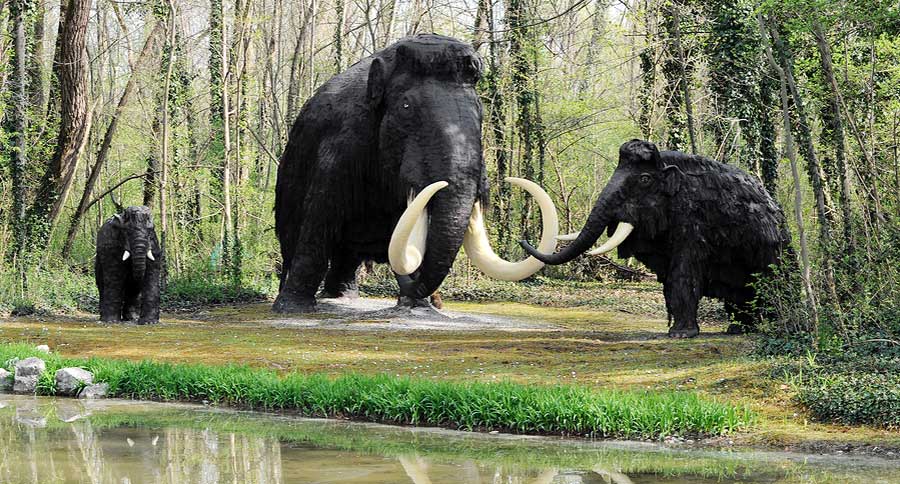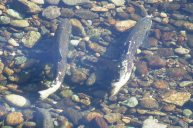Harvard scientists claim a new woolly mammoth could be born within two years.
Geneticist George Church and his team at Harvard University are working on a resurrection project to bring the most iconic ice age animal back to life, and apparently, they're very close. Using DNA from mammoths that has been preserved in the arctic, identified through its differences from the genetic material of modern elephants, the team has been creating a DNA blueprint of a woolly mammoth.
With the sequencing sorted out, the researchers can splice the mammoth and elephant genes. Taking an elephant embryo, a mammoth-elephant hybrid can likely be created. Ideally, it would look like a mammoth, and nothing similar to Jurassic Park would happen.
As reported by the Telegraph, mammoth and elephant DNA have already been proven capable of working together. That is, when the two kinds of cells were combined, the modified elephant-mammoth cell continued to live and function normally. This idea grew into growing a mammoth embryo in an artificial womb.
Woolly mammoths died out over 4,500 years ago during the last ice age, an extinction that likely occurred as a result of climate change and hunting. Living mostly in Europe, Asia, and North America, their closest descendant is the Asian elephant. aking mammoths smaller, in comparison at least, with only the males having tusks.
Removing mammoth's from the extinction list is a result of a new gene editing techniques. Geneticist can make precise modifications to DNA. This technique can also be used to save rapidly declining species.
Not surprisingly, this has sparked an ethics debate. Questions regarding should we even try to recreate extinct species or focus on saving failing ones? Modify existing species to thrive better in their ever-changing environments?
NEXT: THE PERFECT BEER LIST FOR THE CANOE TRIP YOU'RE PLANNING
https://rumble.com/embed/u7gve.v3tpc7/




